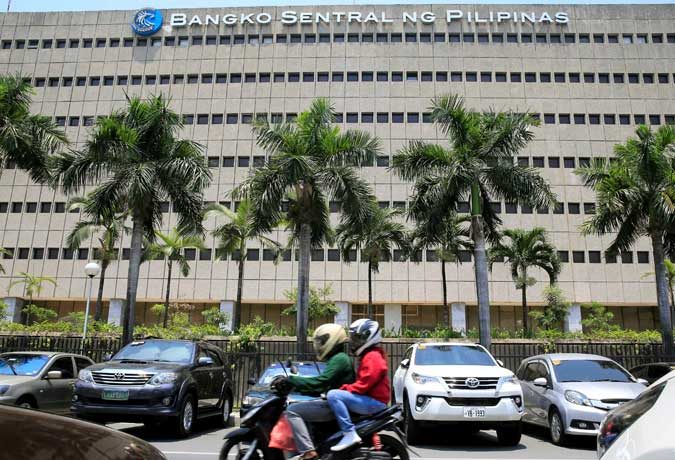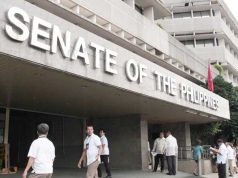BSP wants too-big-to-fail banks to submit separate recovery plan

By Luz Wendy T. Noble, Reporter
THE Bangko Sentral ng Pilipinas (BSP) is requiring too-big-too-fail banks to submit a separate recovery plan annually starting 2022, a move seen giving the regulator a more focused assessment of a lender’s plans to bounce back from a crisis.
“The Bangko Sentral shall review the recovery plan as part of the overall supervisory process for domestic systemically important banks (D-SIBs), focusing on assessing the recovery plan’s robustness, credibility, and ability to be effectively implemented,” BSP Governor Benjamin E. Diokno said in Circular No. 1113.
Previously, central bank regulations only required D-SIBs to submit an Internal Capital Adequacy Assessment Process (ICAAP) document, which includes the recovery plan, annually every March 31.
“This [circular] merely segregates the recovery plan and to be submitted separately from the ICAAP document,” BSP Deputy Governor Chuchi G. Fonacier said in a text message, saying the move will provide for “more focus” on each requirement.
The central bank does not disclose which particular banks are considered “too big to fail.” However, it noted a lender will fall under a D-SIB category, if in event of its collapse or distress, the impact could spill over to the financial system and the economy.
The separate submission of the ICAAP and the recovery plan will align BSP supervision with international standards, according to BSP Managing Director for Policy and Specialized Supervision Lyn I. Javier.
“These are two different documents that serve distinct purposes. The separation of said documents would also facilitate the BSP’s assessment of the recovery plan especially in times of crisis on an institutional level and across D-SIBs,” Ms. Javier said in a Viber message.
Moving forward, she said the separate recovery plan submission will hold even in normal times.
Starting next year, the central bank will require the submission of the separate ICAAP documents and recovery plans of financial institutions every June 30.
Ms. Javier explained that under the new scheme, the ICAAP will focus on maintaining the continuity of a bank’s operations.
“It should contain the bank’s assessment of the adequacy of its capital considering all material risks to which it is exposed both in business-as-usual and stressed scenarios,” she said.
Meanwhile, the recovery plan is expected to “contain measures that should be taken if the bank’s financial condition deteriorates to bring it to a safe and sound condition again,” Ms Javier said.
Based on the circular, this should include specific initiatives appropriate to the bank’s risk profile such as capital raising activities, streamlining of businesses and restructuring, as well as disposal of assets to improve capital position.
“D-SIBs should also relate their recovery plan not only with ICAAP but also with the liquidity assessment and various contingency plans,” she added.
Bankers Association of the Philippines President Jose Arnulfo “Wick” A. Veloso welcomed the amendments to the existing rules on too-big-too-fail banks.
“The new BSP regulation further recognizes the critical role D-SIBs play in ensuring long-term favorable condition post-COVID-19 pandemic by strengthening its efforts in monitoring and ensuring financial stability of the banking system,” Mr. Veloso said in a statement sent to BusinessWorld.
“The BAP will continue to collaborate with the BSP on efforts that will help our country move towards economic recovery,” he added.
Despite the impact of the pandemic, Ms. Fonacier has said the banking system remains guarded with adequate capital, liquidity buffers and ample loan reserves. She said the industry’s capital adequacy ratios both on solo and consolidated bases are well above the minimum threshold of 10% set by the BSP.



